Santo Tomás and Enramada Streets
Santiago de Cuba
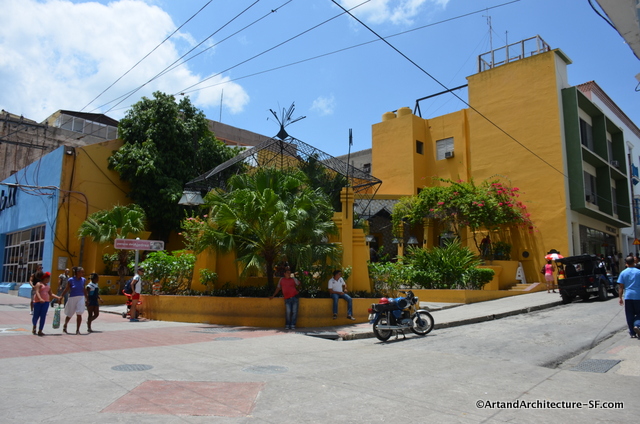
Betancourt follows many of the strictures of one of his mentors “A building should appear to grow easily from its site and be shaped to harmonize with its surroundings if Nature is manifest there.” – Frank Lloyd Wright
This small corner park was designed by American architect Walter Betancourt.
Betancourt was born in 1932 in New York, son of Cuban parents that had escaped to Florida during the Cuban War for Independence.
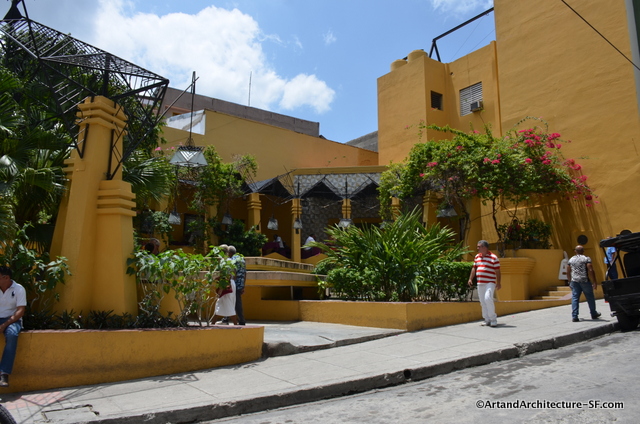
The park works itself into the contours of the streets starting with an easy entrance at the street level.
As a child of Cubans, Betancourt vacationed often in Cuba. After graduating with a degree in Architecture in 1956 from the University of Virginia, Betancourt entered the US Navy where he served, coincidentally enough, at Guantanamo. Significantly, Betancourt was in Cuba during the July 26th coup attempt on the Moncada Barracks by Fidel Castro.
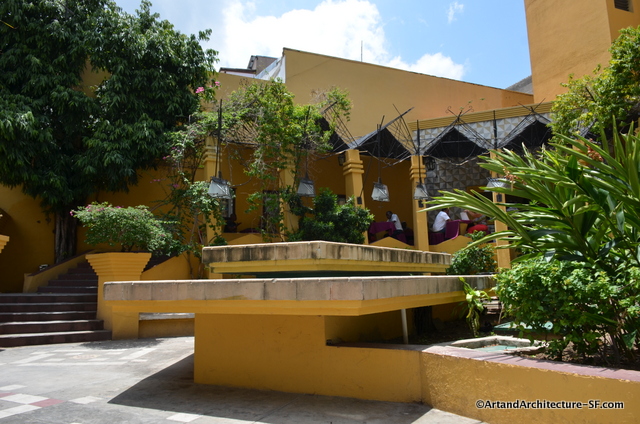
The focal point is a angular fountain that has been turned off.
After leaving the military Betancourt moved to Los Angeles to work with Richard Neutra. This was an unpaid job and only lasted six months as it is said that the job did not meet Betancourt’s expectations, or live up to his ideals.
During this period of time the revolution in Cuba was growing, so in 1959 after being interviewed by Frank Lloyd Wright and being offered a position at Taliesen, Betancourt, instead headed to Cuba to dedicate his skills to the revolution.
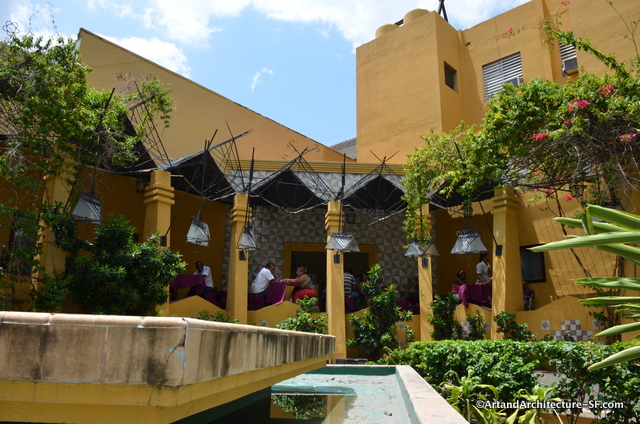
One works their way up the park to a nice little cafe that sits under the canopy. This mimics the hills of Santiago de Cuba.
Betancourt arrived in Havana in 1961 but quickly moved to Holquin and eventually settled in Santiago de Cuba. By this time most architects had fled Cuba so the work to launch a new building program by Castro was left to the younger generation.
This building efforts goal was to reapportion wealth after the Bautista regime. The hopes were high, and architects experimented with new forms and materials to help define the Cuban definition of Modernism.
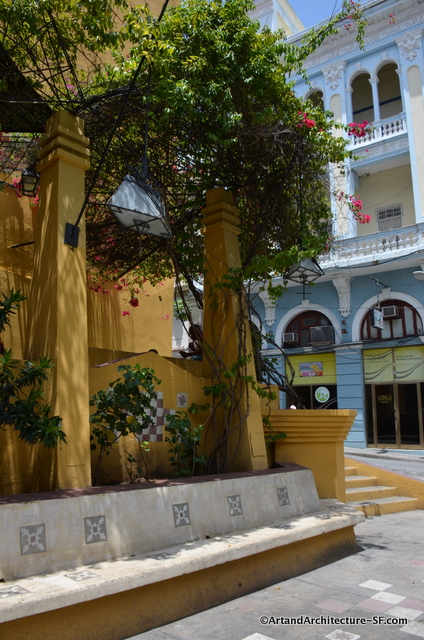
Betancourt is credited with fifteen built buildings, and another 30 unbuilt buildings before his early death at 46 in 1978. His was the last era of private practice architects in Cuba. In 1963 the Castro regime abolished the practice of architecture and shut down the College of Architects.
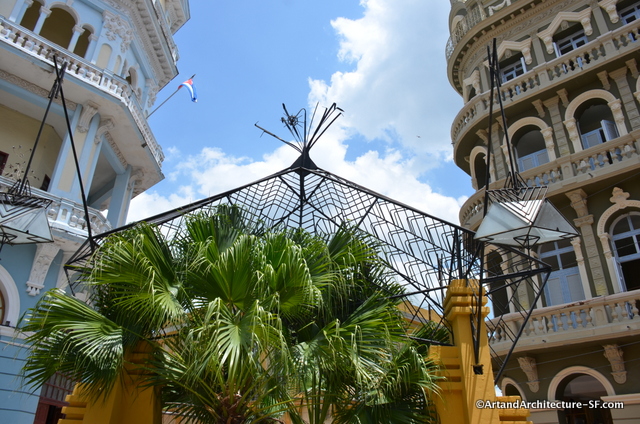
Interestingly, modern architecture tended to thumb its nose at tradition and tended to stay away from symmetry. The symmetry in this park is striking in its use.